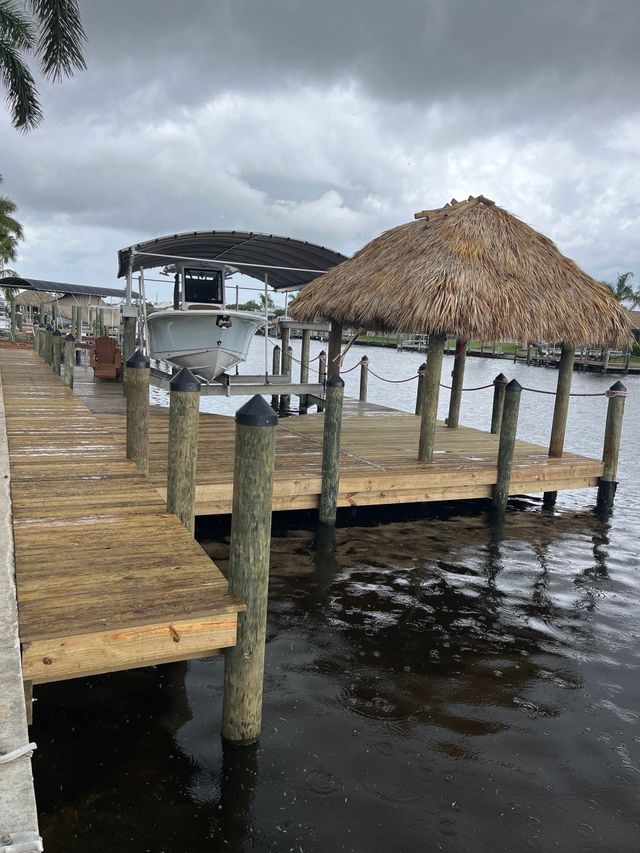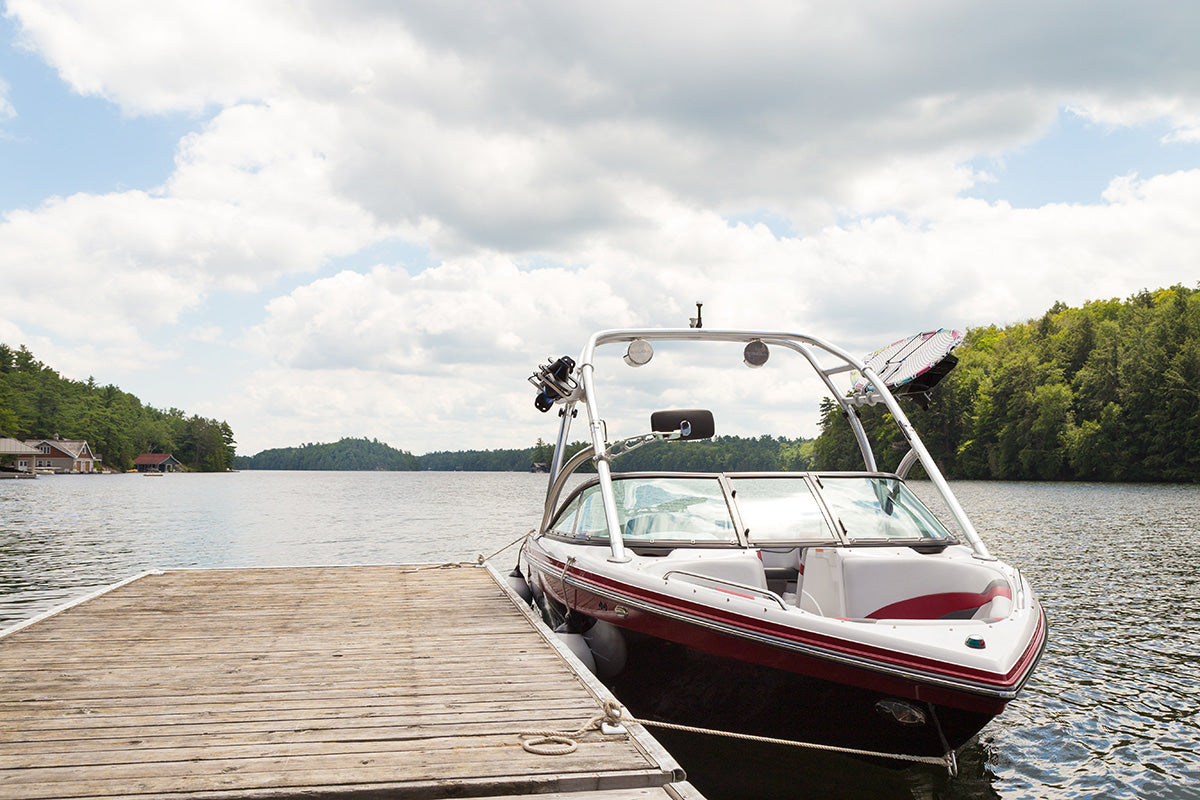Seasonal Preparations: When to Arrange Your Dock Repairs
Seasonal Preparations: When to Arrange Your Dock Repairs
Blog Article
Effective Dock Fixing Techniques: Making Certain Structural Honesty
Guaranteeing the structural stability of anchors with reliable repair service strategies is vital for the durability and safety and security of aquatic facilities. This entails a multi-faceted method beginning with extensive inspections using sophisticated innovations like sonar equipment and from another location operated vehicles (ROVs) to identify both visible and hid damages. Ultimately, selecting the right repair products, such as corrosion-resistant alloys and composite materials, is critical for durability. Structural reinforcement methods, including the implementation of cross-bracing systems and load-distribution plates, play a vital duty in mitigating anxiety points. Nevertheless, the significance of these strategies becomes evident when exploring innovative repair techniques and preventative upkeep methods.
Analyzing Dock Damages
Examining dock damage is a vital initial step in guaranteeing the structural honesty and safety and security of any kind of docking facility. This preliminary examination includes a thorough evaluation to identify both visible and surprise damages. Secret facets to examine consist of the dock's structure, pilings, decking, and hardware. Each component should be looked at for indicators of wear, rot, deterioration, or various other types of destruction that could jeopardize the architectural stability.
Architectural designers or qualified examiners usually do these analyses utilizing specialized devices and methods. Undersea examinations could use finder equipment or from another location operated vehicles (ROVs) to find immersed damage. Above water, aesthetic examinations are enhanced by making use of wetness meters and other analysis devices to discover underlying issues not right away visible to the nude eye.

Deciding On Repair Service Materials
Choosing the suitable repair work products is a critical action in the dock restoration process, one that directly affects the long life and performance of the repaired framework. Material choice must be driven by variables such as ecological problems, load-bearing needs, and compatibility with existing dock elements. For circumstances, wood is a conventional option for docks because of its all-natural resilience and visual charm. Nonetheless, choosing the best sort of wood, such as pressure-treated lumber or normally rot-resistant types like cedar or teak, is vital to withstand marine environments.
In addition to timber, composite products are significantly prominent due to their longevity and low maintenance demands. Composites, typically made from a mix of plastic and timber fibers, provide outstanding resistance to rot, pests, and UV damage. For steel docks, picking corrosion-resistant alloys such as galvanized steel or marine-grade light weight aluminum is vital to prevent corrosion and guarantee architectural stability in saline water conditions.
Epoxy resins and marine-grade sealers are important for fixing cracks and sealing joints, offering a water resistant obstacle and boosting the dock's general strength. By diligently selecting high-quality products, dock repair services can attain durable outcomes, thus securing against future degradation and making certain risk-free, trustworthy use.
Architectural Reinforcement Techniques
Reliable structural reinforcement techniques are critical in ensuring the stability and longevity of dock repair services. One fundamental method involves using steel or composite support bars (rebar) within concrete structures. Rebar offers extra tensile strength, preventing cracks and distributing tons more uniformly. This approach is particularly efficient for anchors exposed to hefty lots or extreme environmental conditions.
Another crucial strategy is the find out here now application of fiber-reinforced polymers (FRP) These products use high strength-to-weight proportions and superb resistance to rust, making them suitable for strengthening concrete or wood anchors. FRP can be applied in strips or sheets and bound with epoxy materials to enhance architectural honesty.
Bracing and anchoring systems likewise play a critical function in structural reinforcement. Cross-bracing, utilizing steel or wooden light beams, can neutralize side forces, decreasing swaying and motion. Securing systems, such as helical piers or driven piles, provide a steady foundation by transferring loads to much deeper, extra stable soil layers.
Last but not least, the combination of load-distribution plates can aid distribute weight more evenly throughout the dock's surface area, minimizing localized stress points. These methods collectively ensure that docks remain safe and durable, with the ability of standing up to the roughness of their functional atmosphere.
Advanced Repair Techniques

An additional advanced method includes undersea welding, which enables for repairs to be carried out without the demand to dewater the location. This approach is especially beneficial for resolving architectural problems in immersed dock components, ensuring very little interruption to procedures. Enhanced welding techniques, paired with robot systems, deliver precision and reliability, consequently expanding the life-span of the dock.
In addition, cathodic protection systems are carried out to prevent rust in metallic dock frameworks. By utilizing sacrificial anodes or amazed existing systems, these methods properly minimize weblink the electrochemical procedures that result in material damage.
Finally, progressed tracking technologies, such as architectural wellness monitoring (SHM) systems, provide real-time information on the condition of dock frameworks. These systems enable positive upkeep and timely treatments, ultimately ensuring the long-term structural integrity of the dock.
Maintenance and Prevention
Maintenance and avoidance are basic principles that underpin the long life and safety and security of dock structures. Normal inspections are extremely important, enabling very early detection of deterioration, potential weaknesses, and environmental influences. A proactive strategy, involving routine look for corrosion, rot, and architectural shifts, alleviates pricey repair work and prolongs the dock's operational life.
Preventive actions need to include using protective coatings to steel components to defend against corrosion and making use of cured timber to resist decay. Furthermore, making sure appropriate drainage and ventilation can avoid water accumulation, which is an usual root cause of architectural deterioration. Integrating high quality materials and sticking to supplier guidelines throughout building and construction and repair service phases also play vital roles in enhancing resilience.

Educating personnel in dock upkeep ideal techniques makes certain regular application of safety nets. Leveraging technical advancements, such as drones for inspections and sensors for real-time monitoring, can further boost maintenance initiatives. By focusing on upkeep and avoidance, dock proprietors can make sure structural integrity, functional safety, and economical administration over the dock's life-span.
Conclusion
In conclusion, keeping the architectural integrity of marine centers necessitates thorough dock fixing techniques. Advanced repair methods, paired with routine upkeep methods, guarantee the dock continues to be operational and risk-free under diverse environmental conditions.
Making certain the architectural honesty of docks with efficient repair methods is vital for the longevity and safety of aquatic facilities.Selecting the suitable fixing products is a pivotal action in the dock remediation process, one that directly influences the long life and efficiency of the fixed structure.Reliable architectural reinforcement techniques are critical in guaranteeing the stability and longevity of dock repair services. By prioritizing upkeep and prevention, dock proprietors can ensure structural useful content stability, functional safety, and affordable monitoring over the dock's life-span.
In final thought, maintaining the structural integrity of marine facilities demands extensive dock repair service strategies.
Report this page